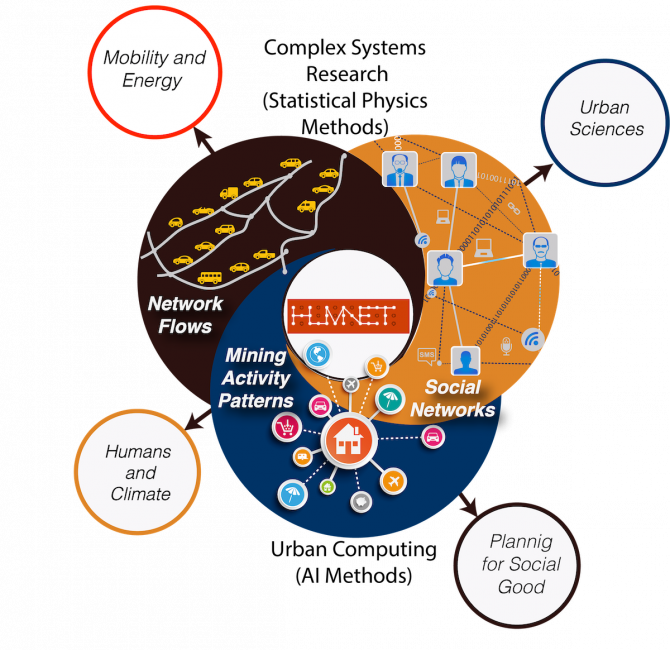
Challenge:
Year after year, the urgency grows: a disparate quality of life and quality of services in urban populations, inflict adverse impact on our natural and social environments.
Unaffordable housing, acute pollution, power outage and congested travel are some of the challenges at hand. In the years to come, my goal is to educate future generations and to continue developing a flexible research agenda to understand, address, and reverse the negative effects in the most challenged cities.
Contribution:
At the core of our research projects, we seek data-informed paths to promote and to prepare for the adoption of engineered technologies such as: information technologies, electric cars, photovoltaics, house sensors, smart phones, among many others, using their generated information to promote the public good of various urban groups.
Integral urban solutions often require to incorporate information systems and to understand human behavior and economic dynamics. We face coupled dynamics such as housing, mobility, and energy, with systemic consequences such as air pollution, congestion, and sprawling.
To tackle these challenges, we focus on the analysis of vast data collections gathered from different human-driven activities and the formulation of models that elucidate principles to improve an underlying urban system.
Approach:
While from a functional standpoint different urban systems may appear as being totally different from one another, research has shown that similar urban typologies often share fundamental properties. Such similarities suggest the existence of general and common organizing principles that explain the various outcomes.
Our research approach is based on spatial analysis, with a focus on the intersections of people with the built environment and their social networks. A complex systems approach, with statistical physics methods empowered by AI, seeking to understand macroscopic phenomena in terms of the microscopic dynamics of the various systems. We convert data into knowledge to guide interventions and planning of cities.
